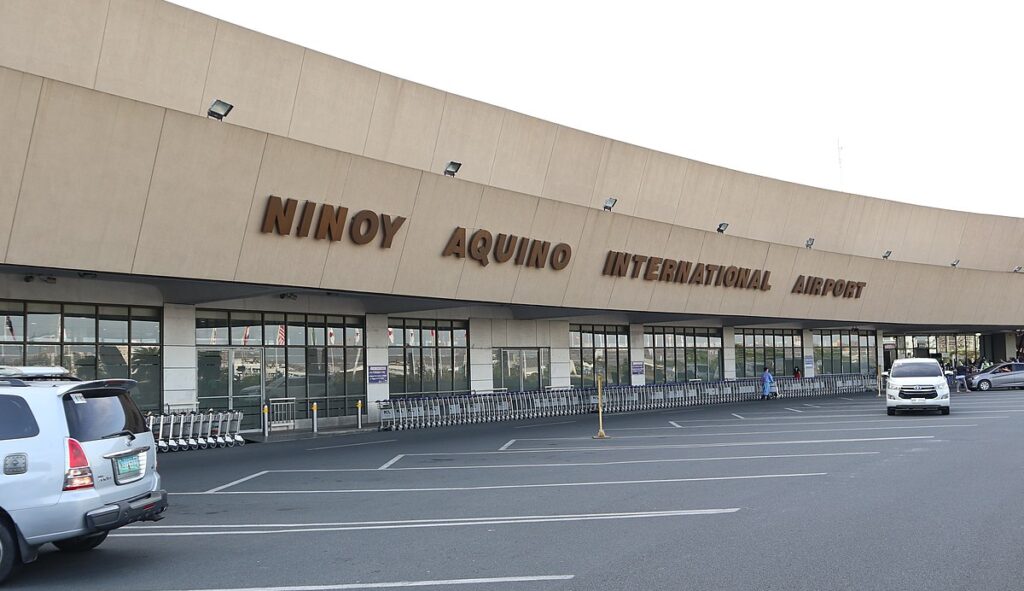Philippines

The evolution of Ninoy Aquino International Airport traces back to its origins as a former US Air Force base until 1948. Upon its transfer to the Philippine government’s National Airport Corporation, the airport initially boasted minimal facilities, consisting only of a domestic runway and a small passenger terminal. Over the years, infrastructure development focused on international flights, leading to the establishment of the Manila International Airport (MIA) in the early 1960s.
Transformation and Expansion through the Decades at Ninoy Aquino International Airport
In the 1970s, a surge in manpower exports and growing international flight frequencies prompted President Ferdinand Marcos to authorize the development of MIA through Executive Order No. 381 in 1972. A comprehensive feasibility study and master plan were undertaken in 1973, paving the way for the Manila International Airport Development Project (MIADP). Financed by a USD 29.6 Million loan from the Asian Development Bank, the project materialized, marking a significant milestone in the airport’s growth.
Creation of Manila International Airport Authority (MIAA) at Ninoy Aquino International Airport
The landscape shifted further in 1982 with the abolition of the MIA Division and the creation of the Manila International Airport Authority (MIAA) through Executive Order No. 778. Despite MIAA’s envisioned autonomy, subsequent orders clarified its supervision by the Ministry of Transportation and Communications. Charter revisions in 1983 and 1987 addressed income sharing and governance, culminating in the renaming of MIA to Ninoy Aquino International Airport on August 17, 1987. The airport’s cargo throughput data for January to September 2023 indicates a 10.5% decline, with international cargoes witnessing a 16.9% decrease and domestic cargoes experiencing a 4.2% growth.
Pacific East Asia Cargo Airlines
Manila: 2nd Floor, International Cargo Terminal Building, Ninoy Aquino International Airport Complex
KLM Cargo
4Th Floor International Passenger Terminal Building, Naia Road, Naia Complex
